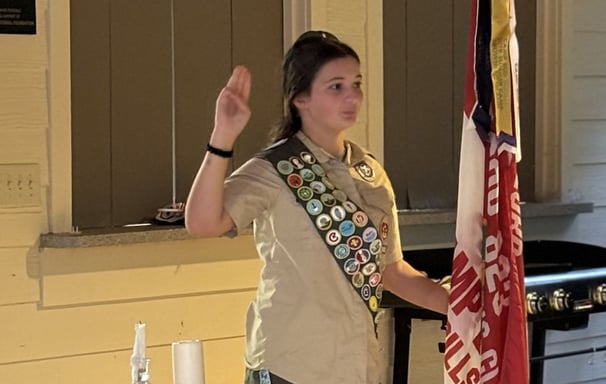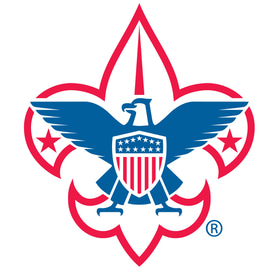Leadership development
One of the major differences between the Scout pack (ages 5-11) and the Scout troop (ages 11-17) is the very important method of leadership development. In order to teach leadership, you have to let the youth lead. In fact, one of the more vigorous debates you can have in Scouting is over the feasibility of a youth-led troop.
Some adult leaders will argue that while a youth-led troop is the ideal, itʼs not possible in their particular troop for any or all of the following reasons: the Scouts are too young, too lazy, too irresponsible, or just not interested. Sometimes, adult leaders are so entrenched in "the way things were" that they aren't willing to embrace the youth-led model.
Troop 823 was founded specifically and purposely as a youth-led troop.


adapted from scoutmaster.org
A youth-led troop is more work for the adult leadership. It is so much easier for the adults to just take charge themselves than to teach the necessary leadership skills to the Scouts.
However, all Scoutmasters and Assistant Scoutmasters are taught the basics of a youth-led troop in Scoutmaster Specific Training. The Troop Leader Guidebook emphasizes:
“Empowering youth to be leaders is the core of Scouting. Scouts learn by doing, and what they do is lead their patrols and their troop. The Scouts themselves develop a troop program, then take responsibility for figuring out how they will achieve the goals. One of our most important challenges is to train youth leaders to run the troop by providing direction, coaching and support. The youth will make mistakes now and then and will rely upon the adult leaders to guide them. But only through real hands-on experience as leaders can youth learn to lead.”
